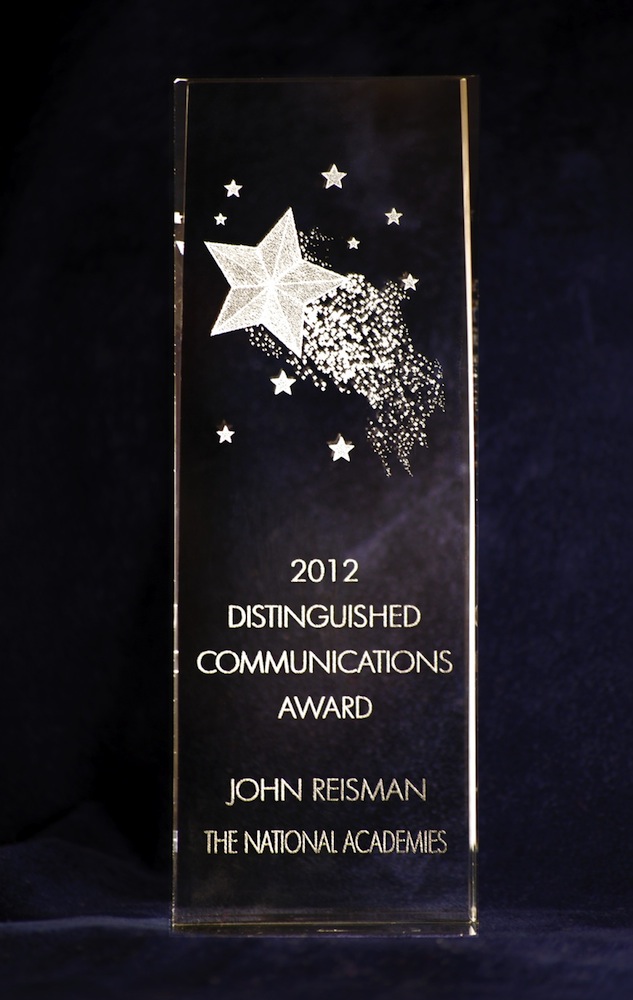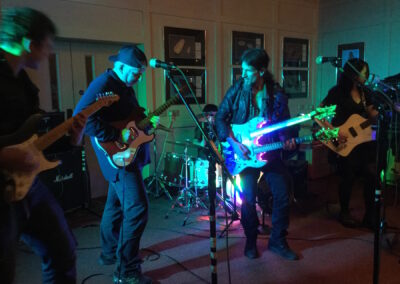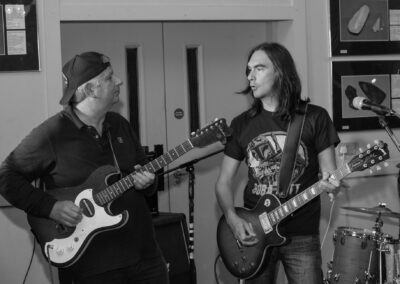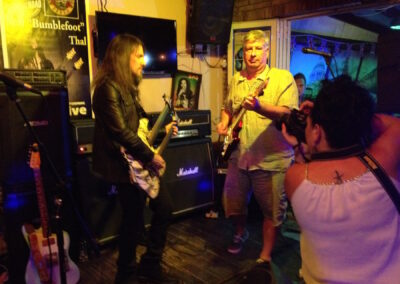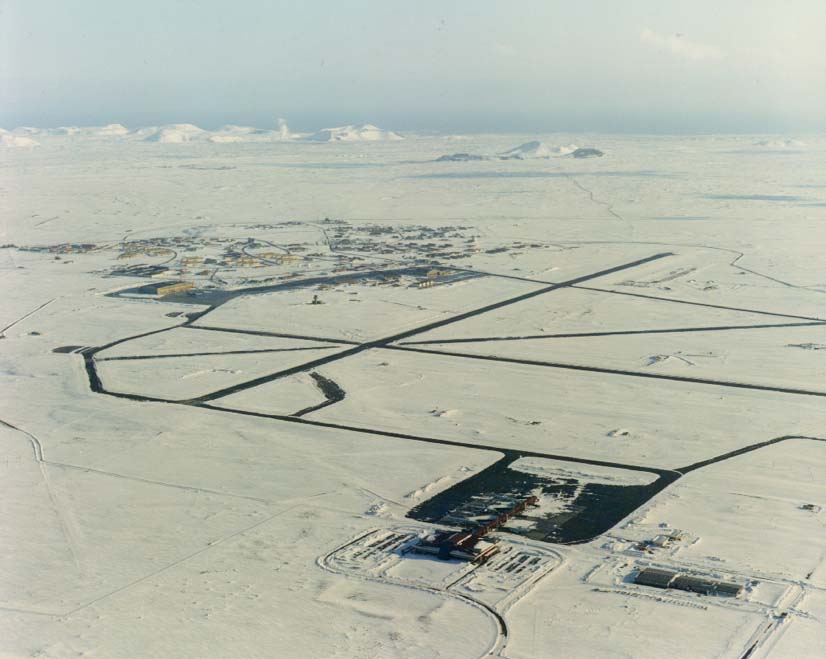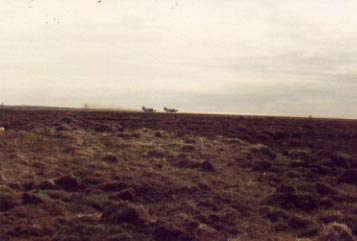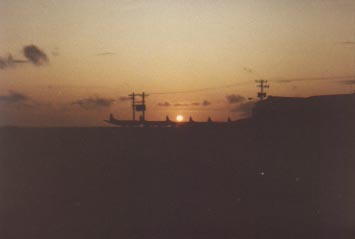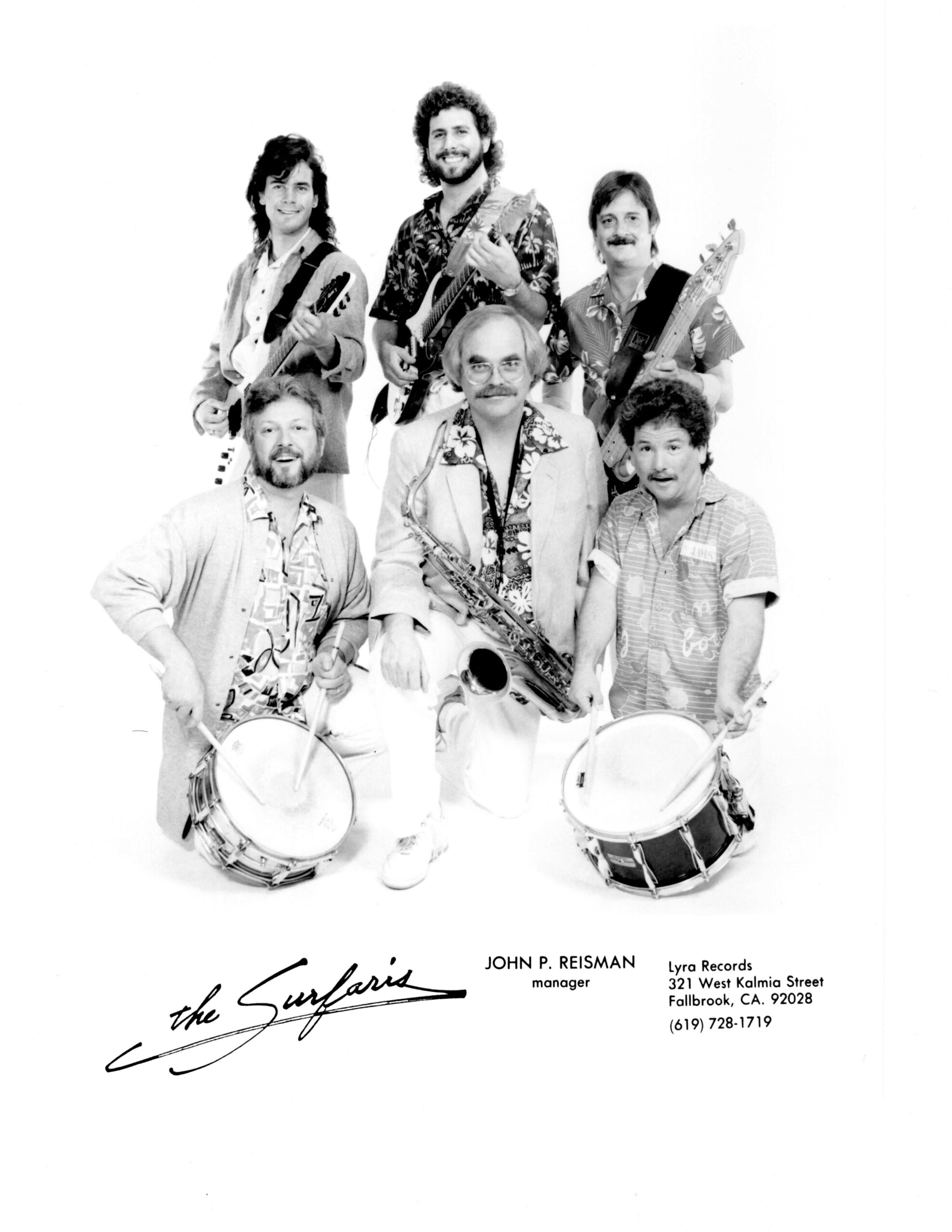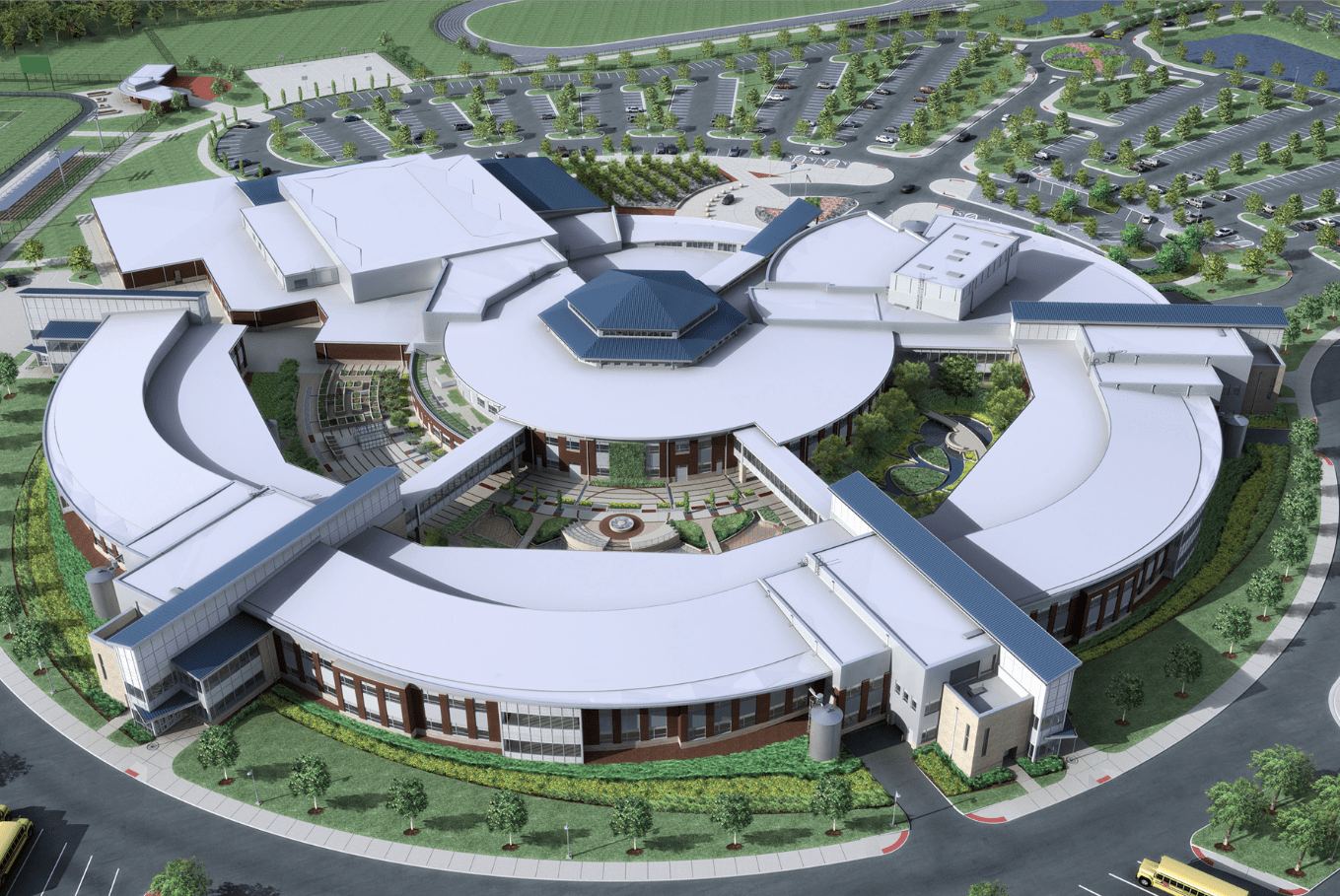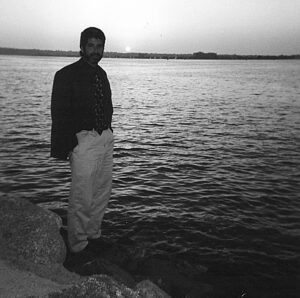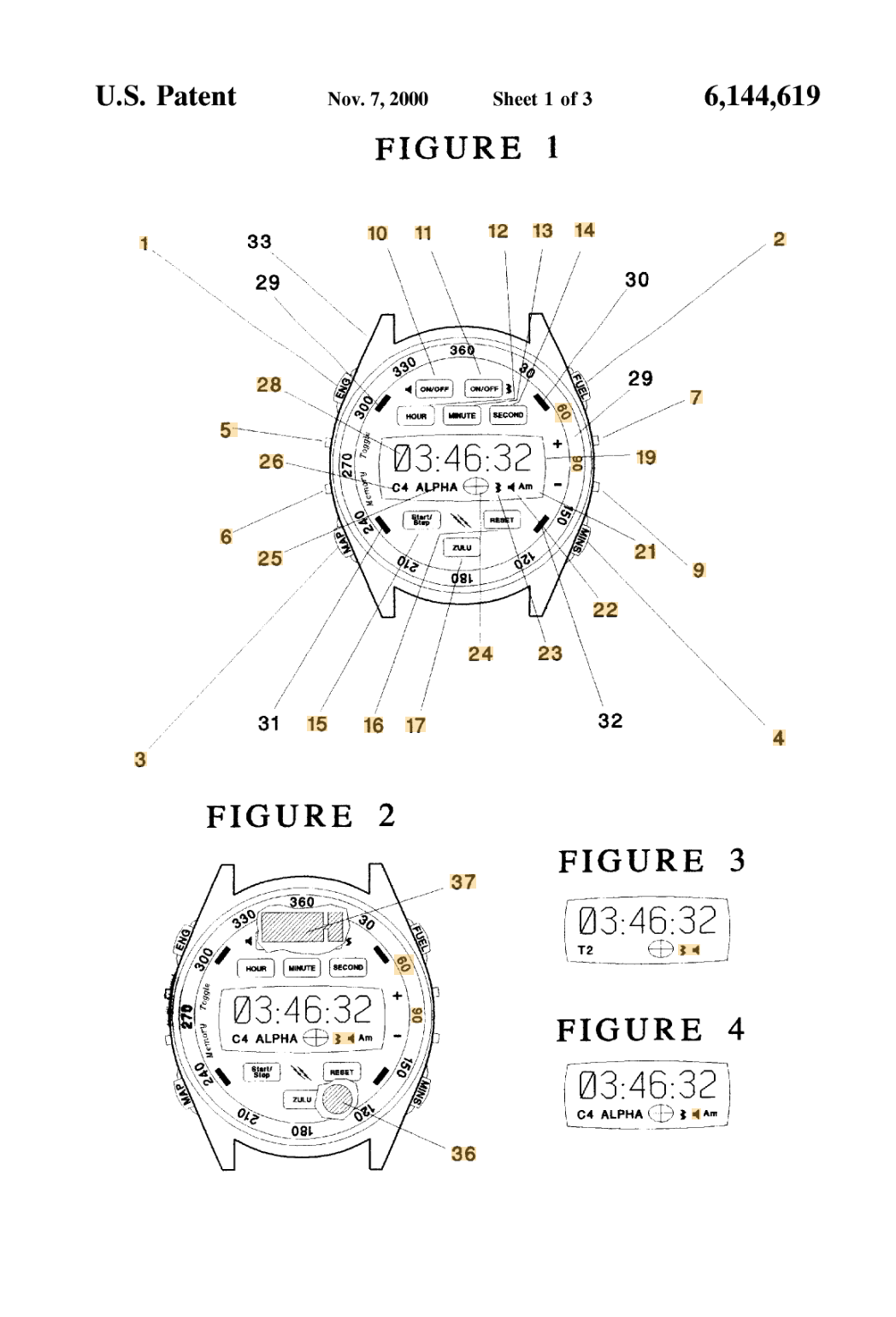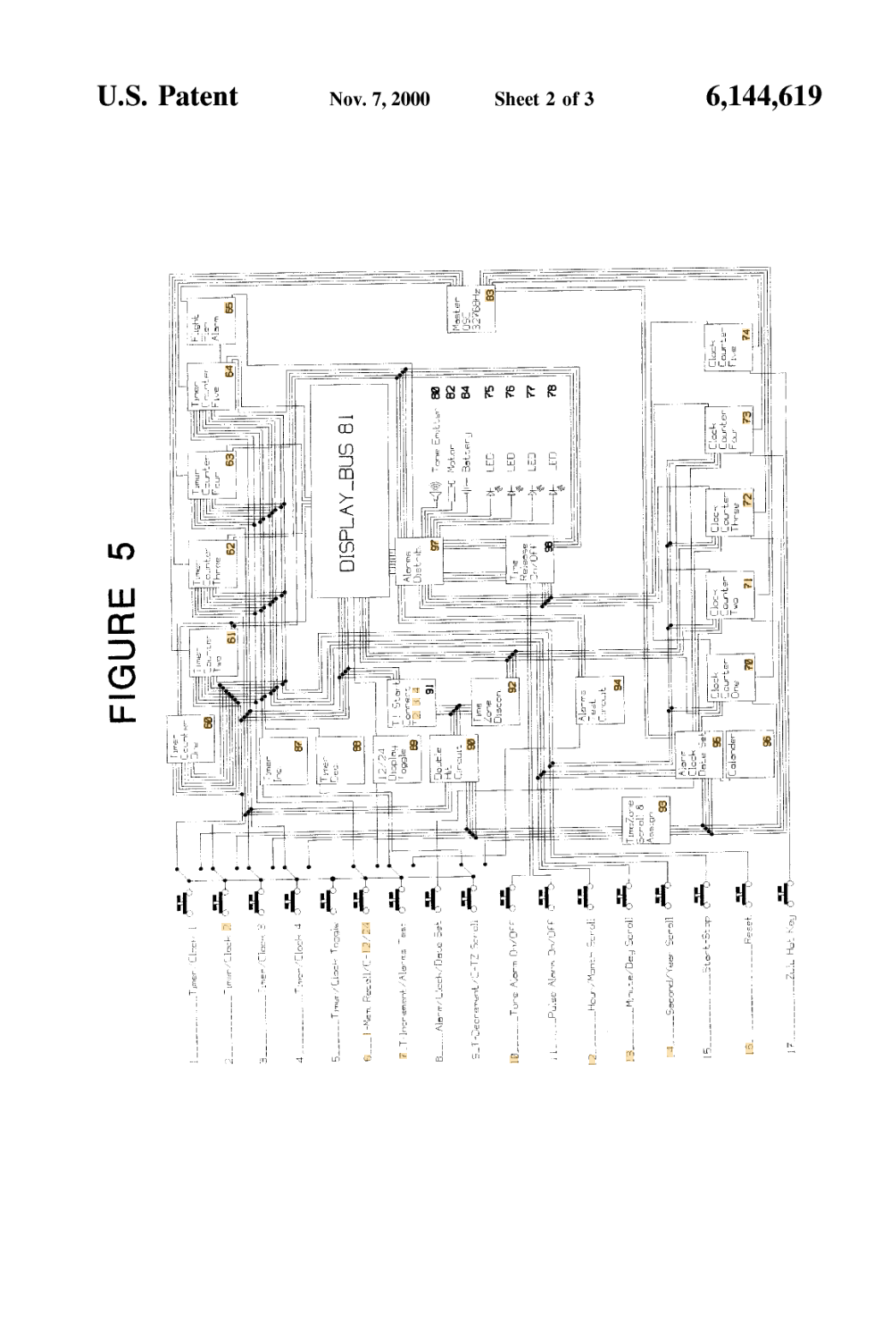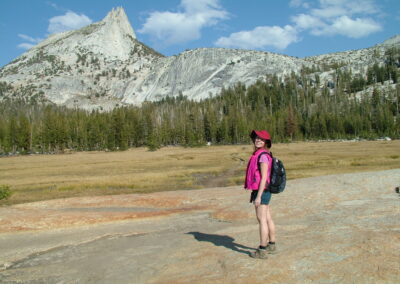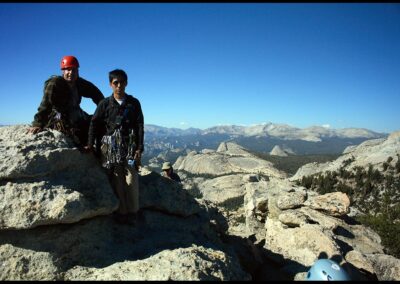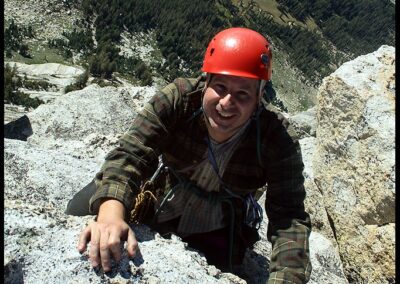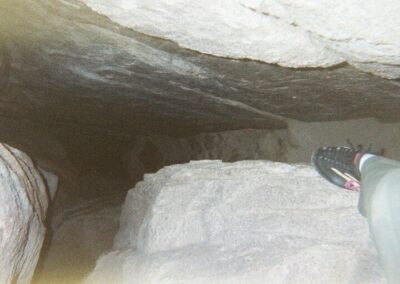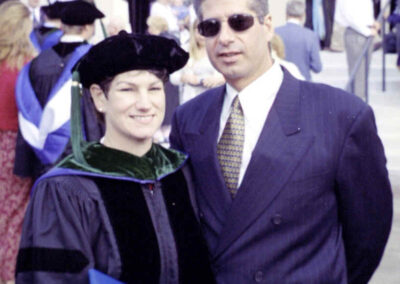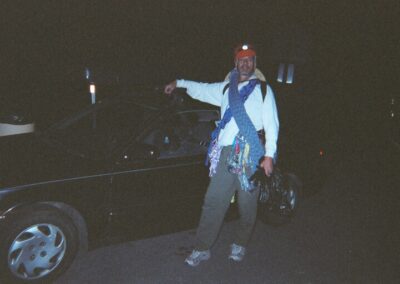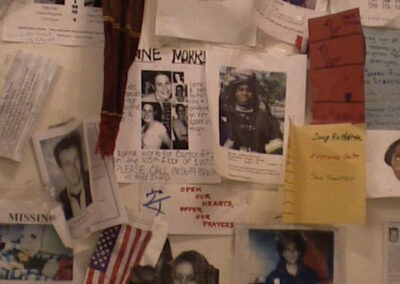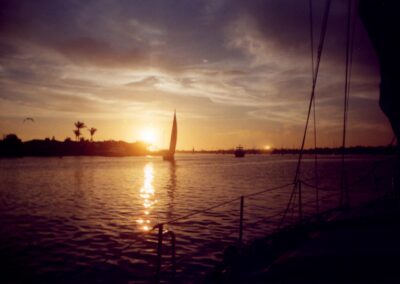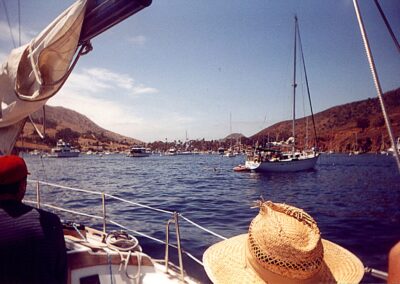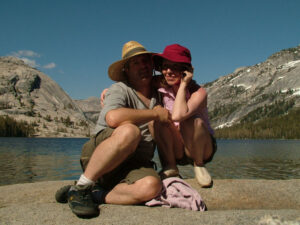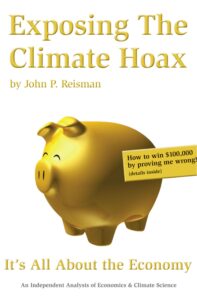Biographical Overview
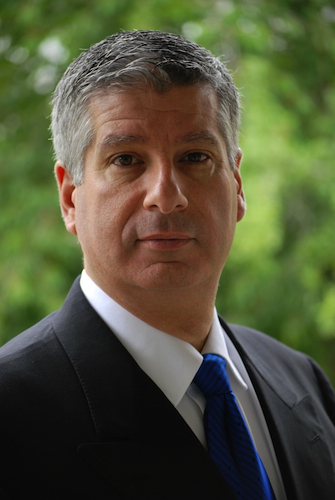
I’m a generalist by nature and inclination. My views are systems based, which allows for a widely scoped field of consideration. Thus far, I have found that, general systems theory, system-dynamics, and Living Systems Theory concepts and constructs include some of the best guides to understand our selves, our world, and our universe from an analytic point of view. Understanding systems science and system dynamics gives us a simple way to understand how physical and social systems share common ground in function and form.
I like to examine overarching interactions between groups and systems to understand the relative health of system interactions in order to see if adjustments can be made to improve overall function in consideration of relevant factors. This can apply to any system. Governmental, economic, business organization, social psychology, environment, etc. By examining the health of interactions in context, one can better gauge what actions may be needed to achieve a desired outcome.
Memberships, Associations, Affiliations, Interests, Awards (past and present):
- 2012 ‘Distinguished Communications Award’ (The National Academies)
- 2011 American Meteorological Society (AMS)
- 2010 American Geophysical Union (AGU)
- 2005 Air Force Auxiliary (CAP)
- 1999 Air Safety Foundation (ASF)
- 1992 Aircraft Owners & Pilots Association (AOPA)
- 1988 La Jolla Research Group
- 1986 Int’l Interactive Communication Society
- 1984 Adlerian Society
- 1979 Audio Engineering Society (AES)
- 1969 Fallbrook Gem & Mineral Society
Special Interests
- Systems Dynamics/Interactions
- Resource and Monetary Economics
- Economics, Energy, Environment Teleconnection Analysis
- Behavioral Science & Natural Systems
- Quantum Physics & Chaos Theory
- Chronological Social Anthropology/Belief Systems
- General Research/Analysis & Writing
- Working with Youth/International Travel
- Mountaineering & Rock Climbing, Flying, Sailing, Surfing, Music
Key Interests
- Economics
- Geopolitics
- Psychology
- Systems Science
- Global Security Issues
Production/Credits
IMDB: https://www.imdb.com/name/nm2960200/
- 2012 Director/Co-Writer (movie): Climate Change: Lines of Evidence (National Academy of Sciences)
- 2011 Writer (book): Exposing The Climate Hoax: It’s All About The Economy
- 2010 Director/Writer (video): A Climate Minute (OSS Foundation)
- 1998 Director (live television, TV6): Real Estate Review, Discount Diner
- 1997 Producer (music, surf rock): The Surf City Rebels
- 1994 Executive Producer (music, folk): Little Grace
- 1991 Video Assist/Second Camera (movie): IMDB The Arrival, John P. Reisman
- 1987 Producer/Engineer (music, surf rock): Bred to Shred, The Surfaris (New Gidget Show)
- 1986-88 Manager/Engineer: The Surfaris
- 1985 Producer (folk): Greg Page, Christmas is for You, All Be
- 1983/84 Technical Director, Camera (ENG, EFP, live news): AFRTS – Keflavik, Iceland
- 1983/84 Announcer (live radio): AFRTS – Keflavik, Iceland
- 1979/80 Engineer (recording/live): Geneva Brown Band
Foundings
- 2016 – Founder: The Centrist News
- 2011 – Author: Exposing The Climate Hoax: It’s All About The Economy
- 2008 – Founded The OSS Foundation
- 2006 – Founded The Centrist Party (United States)
- 2003 – Co-founded Haritomedia GmbH .com .ch (Switzerland)
- 1992 – Invented Flight Watch Aviation Timer
- 1985 – Founded Lyra Records & Productions
Evolution:
Early 1960’s to early 1970’s – Being a Navy brat has its advantages. I was born in Honolulu, Hawaii. The best thing in my view was that we moved. They say in the Navy ‘Home is where the Navy sends you’. I loved moving around and experiencing different people and places. North Carolina. West Virginia in the fall is one of the most beautiful things one could ever imagine. Sailing on the USS Ticonderoga (CVA-14) to Bremerton Washington (On what might have been the first tiger cruise?). Living on the beach at San Onofre, Camp Pendleton, swimming in the surf nearly every day.
We eventually settled in Southern California. Dad took stations at MCRD in San Diego and Camp Pendleton I imagine so we could all settle into something more stable. As a young teen, I and my best friend David used to visit and help out at ‘Fern Canyon Ranch’. His mom worked there and we used to help out with the horses. This wasn’t just any ranch though. It belonged to Lawrence W. Butler, who worked in Hollywood. He even won an academy award. I remember it was on the window sill above the kitchen sink and had soap and water spots all over it.
Staying at the ranch left a strong impression on me. It was fun because David and I got to take the horses out and ride them so they would not teethe on the rails of the corral. The bunk room was filled with feather beds, so you felt like you were sleeping on a cloud. Of course everyone ate together also. There we would hear the wisdom of Larry from his experience in life. One thing that stuck: “Man is a skin full of shit that belches out one end and does worse out the other.” You might say he was a cynic, but he loved life.
He still worked in Hollywood and actors used to visit the ranch, I remember when Robert Redford got his truck stuck in the crick because he had to go back to Hollywood to work on a film, but the rains were too heavy and he had to leave his truck in the creek bed and call for a taxi. Other famous actors came to the ranch like Charles Bronson, even Clint Eastwood. I remember once Larry and I were out back and I asked him about these giant steel structures that were behind the lake. He said that was because he was doing a movie with Spencer Tracy and Frank Sinatra called ‘Devil at Four O’clock’. The movie needed a volcano so Larry had them build it on his ranch. Two reasons he said. The volcano needed to be in a ocean so they had to dig out a section of his property to make it look like a volcano island on an ocean, and he like being able to work from home. Really, he just wanted to have a lake and got the movie company to pay for it.
I remember running into Larry just before he died at the Safeway grocery store in town. He talked about how much he missed Ruth, Davids mom who died in a tragic car accident. Ironically, just a few years later, I worked on a movie called ‘The Arrival’; that Safeway had closed and we used it as a movie set for the interiors.
Fallbrook was unique. Its nickname in Hollywood was ‘Hollywood South’. The home of Frank Capra, whom I used to go to church with, Delores Barrymore/Costello, whom my father used to bring communion to every week. Even singers like Kris Kristofferson. The manager of the Beach boys lived down there too, whom I spoke with during my time as manager of the surf band The Surfaris.
My dad was deployed on the USS Ticonderoga CVA-14 during the Vietnam war. I remember watching his ship leave harbor. And I remember when the ship came back for refit to go back out again. We went out on what may have been the first tiger cruise to Bremerton.
Then, in 1975, I remember walking back from lunch, still in elementary school, everyone was shouting, the war is over, the war is over. There was a wave of relief in all the children’s voices. Our dads were coming home. During the fall of Saigon, which we all watched on television news we learned a wave of refugees were coming to America. I remember my mom and I filling our station wagon with clothing and supplies from the community and bringing them to Horno Area, and San Onofre. The kids and what parents that made it out were the lucky ones. To the South Vietnamese it became known as ‘Black April‘. An interesting twist occurred many years later in a conversation with a man that was arguing against giving aid to the poor. It turned out he was Vietnamese and came through Camp Pendleton after the fall of Saigon. His tone in the debate changed when I told him he was probably one of the kids we were bringing food and clothing to at Camp San Onofre.
Fathers: They say it takes a village to raise a child. If you are lucky enough to have more than one key influence as you walk through your discovery of what the world is, and what it could be. It helps to have more than one perspective.
My biological father was a Navy man, but his heart was in the Marine corps. He joined the corps when he was 15 under an assumed name during the Korean war. They did catch him in dramatic fashion. He told me a senior officer came into his quonset hut and called out his name loudly ‘Reisman’. He reacted with “Yes sir”, and suddenly realized he was busted. He was stern and overbearing at times, but that is what he knew. It kind of reminds me of the song lyric from ‘Leader of the Band’: “He earned his love through discipline, a thundering velvet hand. And his gentle means of sculpting souls, took me years to understand”. But dad wasn’t gentle, he had anger issues. Yet still, though it took time, I could see through the shell and learn how he shared his love for us kids. I learned that under that tough exterior he really did have a heart of gold. In his own way he loved us as best he could.
Lessons from my pop:
- Do the job that needs to be done, no matter the cost.
- Be honest and honorable.
- We all have a duty to what is right.
When I last spoke to him on his death bed I thanked him for all he had given me and how he shaped me into what, and whom I had become. I learned about honor and duty from him; to do what is right, moral, and ethical. While each soul is a construct of all that surrounds us, some influences are more powerful, and my pop gave me an impression of who I am that remains with me to this day.
I had two more father figures though. When I was in my teen years, my father would become to frustrated with me and send me to live with Gunnery Sergeant James Allen Butler. Mr. ‘B’ we called him, His sons Jim, Jon and Chris were friends of mine also from school. The Gunny was fair and strict as well as no nonsense. And it was fun to stay at his house and experience another world in those years before I left for Hollywood to start engineering school when I was 15. I was already in college at 14 and wanted to learn faster so I found an engineering school and moved to LA.
There, when I was 15 years old, I met the man who was not only a father figure and mentor, but who became my best and oldest friend. Reggie Dozier. We met at Kenny Rogers studio, which was just changing its name from the old ABC studios to ‘Lionshare Recording Studios‘. Reggie and I kept running into each other over the years and time and memories built a shared experience as we traveled through time. 40+ years later we are still close. Reggies gentle caring soul and simple philosophy rubbed off on me over time as well. Also like a sculptor, Reggie’s spirit touched me and added to my view of the world. In many ways, Reggie was the icing on the cake.
If it was not for Reggie, my biological fathers greatest hope for me might never have come true. That is, that I would find a partner in life and be able to learn to live with another. My wife and I have been together now 20 years and I’m still learning. I’m well settled into my student role, and know there is still so much more for those that remain open to what life can teach us.
Time and experience shares with us, so we can share with others…
When I was around 10 to 12 years of age I noticed I really wanted to play guitar. My mom bought my brother and I guitars. This turned into a lifelong love of music. My dad used to play Harry Belefonte a lot. One of his favorites though was a folk duo called ‘The Captains of Pensacola’. Their record is still one of my favorites. We used to live next door to one of the musicians on the base in Cherry Point, North Carolina.
They only made one album and printed 2000 copies of it. They were of course two Captains, stationed in Pensacola Florida, and they made a wonderful folk album of songs with a very Marine Corp bent. The music is very fun and celebrates the esprit de corps of the Marines.
Playing music inspired me to also pursue music professionally. So I studied engineering and production. Oddly, working in the music business took me away from playing music and it wasn’t until in my mid 50’s that my wife suggested I go back to the music. I had shifted away from the business of music and moved more toward film production in the late 90’s. I worked on a horror movie called ‘The Arrival’ and that was tremendous fun. Interestingly, my interest in science and with inspiration from the work of Frank Capra who did the Bell Labs science series I decided to work on explaining global warming through film.
Early 1970’s – My study interests included oceanography, geology and anthropology, but my focus was geopolitics and cultural dynamics. The interconnection between belief systems (socio-cultural) and resource issues. How to balance resource capacity with resource needs? Why we go to war and what are the underlying reasons at a given time? What drives individual and group behavior? Even as a youngster I was busy with understanding motive and manifestation in behavior. This, I later realized, was based on my interaction with chaotic family dynamics.
Mid to late 70’s – It was around the mid 70’s when I told my parents, based on my current understanding, we should not be worrying about Russia attacking America as they did not have a religiously driven government; we should be concerned with what may come from the Middle East due to the combined dynamics of governance entwined with religion. I recall pointing out that Russia and China were not religious and therefore had a different prioritization basis. I began to devour geopolitics, engineering and natural science. Spending my lunch hour in the library reading the latest magazines: US News & World Report, Newsweek, Time, Popular Science, Popular Mechanics, Nature, were some of my favorites. It was around this time the chaotic nature of the family led me to escapism and a brief interlude in the local counter-culture around the 8th – 10th grade. I graduated early from high school and began attending a local college. From there I decided to go to engineering school.
Late 70’s early 80’s – Engineering and production, as well as electronics. I graduated from Sound Master Recording & Engineering Schools in 1981 (the same year I would have graduated high school had I stayed). Working on various productions in Hollywood until 1983 when I moved to the NATO base in Iceland. Working at the AFRTS station at NAVSTAKEF military base (a NATO base in the North Atlantic). A typical day included field and studio camera work, editing, a live evening newscast and nightly radio broadcasting. Aside from the occasional Russian bomber intrusion, line on the base was fairly normal. I also worked at the youth center.
1980’s – My interests turned more deeply into psychology and behavioral science. I wanted to understand how we arrive at what we ‘think’ we know. I examined the perspectives of Adler, Freud, Maslow, and Jung, as well as Family Systems (Dr. Murray Bowen), sub-cultural beliefs, and abnormal psychology. I began to look at neural function in the brain, neuro-chemistry, interaction, nutrition, neuro-development. I hypothesized that ‘the individual’ meta-self (social-psychological/physiological), is a construct of 5 inter-dynamic influences: genetic, nutritional, biological, toxic-infectious, and social-environmental.
1985 – I started my own record company and began developing artists. All in all, I worked on more than 1,000 productions and shows over the years. Including pre-production sessions, I’ve managed over 2,000 production sessions. I had been a radio announcer, co-written and published new songs, done hundreds of shows and concerts, worked in television and film, and even managed a well known surf band called ‘The Surfaris‘, whose hit song ‘Wipe Out’ was renowned. I was even able to get The Surfaris into ‘The New Gidget Show‘ staring Caryn Richman.
Mid to late 80’s – I began working at the University of the World with Dr. James Grier Miller (Living Systems Theory) and Dr. Martin Chamberlain (Chancellor Emeritus, UCSD). The UW board of directors included Lord Walter Parry, Baron of Walton. There I developed the TLC/PATH system to systemically increase effective education. This led my to working with Dr. Louise Schmidt and Aurelia, the daughter of Françoise Gilot, (at that time married to Jonas Salk, previously married to Pablo Picasso), which led to working with Kathleen Murray and Dr. Jonas Salk at the Salk Institute in La Jolla. A core componenet of this new school included a circular school design and modular classrooms including component and routing floors to enable reconfiguration of environments.
Late 80’s to mid 90’s – Jonas encouraged, and assisted, me with the TLC/PATH development and tried to help me understand why politicians did not do what is best. Aurelia helped develop an architectural model to show how the physical structure could accent function. Kathleen helped me with her editing skills. My paper was presented at the EDUCOM (Inter-University Network) meeting in 1992 where I presented to professors from many prestigious universities generating much interest in the project. It was during this period that I began to formulate the idea of a Centrist Party to help break the ‘increasing’ gridlock between the left and the right. I began to realize that special interest influence was eroding governmental capacity and preventing important work from getting done.
Promise Productions built and owned by Danny Watson was one of the most extraordinary studios in the Hollywood area. The sweet spot almost encompassed the entire width of the console. The room tuning was superb. Many renowned artists recorded at Promise.
‘During this period I was splitting my week between managing a recording studio in Hollywood (Thursday night thru Sunday) and Monday – Thursday at the University office in La Jolla. It was also around this time that I met Justin Lancaster, who worked with Roger Revelle. I was aware of climate issues, though not in depth; I had only begun to recognize that the seeds of this issue could grow to encompass major significance in the bigger picture.
In June 1995, around June 20th or 21st, Jonas Salk invited me to come down to the office on the next Tuesday. Jonas told me he was going to recommend me for what he called the genius grant (The MacArthur genius award), and said he was on the board of directors. He died that weekend before our intended meeting. I lost a dear friend, one of whom I could say knew my mind. Unfortunately, I soon realized I also lost an important advocate for my educational system development work.
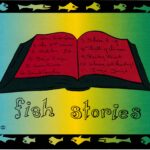
 Mid to late 90’s – I produced a modern surf music album, which actually charted some songs in a few countries. The band was called The Surf City Rebels’ and the Album was ‘Fish Stories’. Worked a bit in radio and television again and did some business consulting. I continued to dabble with my TLC/PATH system and worked to improve methodology. I also began examining related information technology that would benefit the system.
Mid to late 90’s – I produced a modern surf music album, which actually charted some songs in a few countries. The band was called The Surf City Rebels’ and the Album was ‘Fish Stories’. Worked a bit in radio and television again and did some business consulting. I continued to dabble with my TLC/PATH system and worked to improve methodology. I also began examining related information technology that would benefit the system.
In the mean time (1992), I had invented a new time management system for aviation and written my own patent, filed in 1998 and awarded in 2000; I also was able to secure the international patent. This patent is now referenced in new patents for space travel and time management in space. In 1995 I registered the domain name fligthwatch.com under a pseudonym to keep my development work private until I could get the device to manufacturing.
Late 90’s – I began to think about the climate issue again and was particularly interested in some of the information that was being discussed at that time regarding an identifiable change in the temperature path that seemed to lend strong credibility that changes in atmospheric concentrations of greenhouse gases may have altered the climate path. I moved to Detroit, Michigan to try to further my TLC/PATH work through funding that had been made available by the Reagan Administration for the ‘Safe and Drug Free Schools’ initiative.
1999 – Watching America split down the middle in the 2000 election confirmed for me that a Centrist Party was sorely needed.
Moments in time… I guess we are all just passing through.
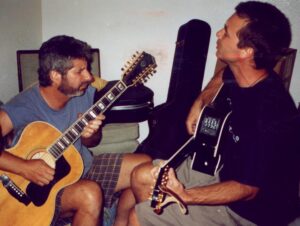 2000/2001 – I concentrated on my aviation timer, which I now call Flight Watch, hoping that if it went into production I could fund my educational system development work. Still working on the TLC/PATH I went to Texas to meet with Dr. Bruce Perry of childtrauma.org and an Adjunct Professor of Psychiatry and Behavioral Sciences at the Feinberg School of Medicine of Northwestern University in Chicago who had done some profound work in understanding neurological development and psychology.
2000/2001 – I concentrated on my aviation timer, which I now call Flight Watch, hoping that if it went into production I could fund my educational system development work. Still working on the TLC/PATH I went to Texas to meet with Dr. Bruce Perry of childtrauma.org and an Adjunct Professor of Psychiatry and Behavioral Sciences at the Feinberg School of Medicine of Northwestern University in Chicago who had done some profound work in understanding neurological development and psychology.
9/11 – I flew in to LAX late at night on September 10th coming in from Hong Kong. I got up before 6am and turned on the television to watch the market open. The first thing I saw was the image of the twin towers, and one had a hole in the side with smoke coming out. They said that a small plane may have hit the building. I knew a small plane would have a hard time making a dent in the building though. I was on the phone with a friend Vic (a local sheriff) when the second aircraft struck the adjacent tower, my first words were: “We just went to war”.
As soon as aircraft were flying again I flew to New York to lend my support. The fires were still burning. New York was pulling itself together and I watched the Macy’s Thanksgiving Day parade. I went to work for Homeland Security hoping to help and try to make a difference. I did what I could and helped get the TSA started. But heading into 2003 I began studying climate again. I knew we had a ‘very’ serious problem here, not just a future problem. And the politicians were not paying proper attention to the matter due to public (and policy-maker) misunderstanding, and propanganda.
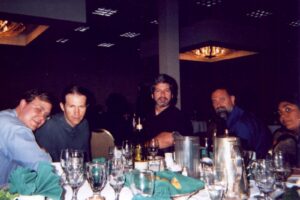 2003 – My partner and I started a new company called Haritomedia, focused on web system development, information system architecture, and media design, which later expanded into content management systems. I had been working with computers since the first Apple and saw information technology, properly utilized as a way to increase efficiency and security for organizations and of course this suited my TLC/PATH focus as well. I continued my explorations in the field of psychology. The photo here shows me at a conference where the keynote was a lead psychologist from the Ruby Ridge incident. He complimented me for my insight in response to his question to the group regarding who here understands why a mind can fall into such a trap as what happened at Ruby Ridge? My response, and I was the only one that responded, was simply that “The mind, like nature, also abhors a vacuum”.
2003 – My partner and I started a new company called Haritomedia, focused on web system development, information system architecture, and media design, which later expanded into content management systems. I had been working with computers since the first Apple and saw information technology, properly utilized as a way to increase efficiency and security for organizations and of course this suited my TLC/PATH focus as well. I continued my explorations in the field of psychology. The photo here shows me at a conference where the keynote was a lead psychologist from the Ruby Ridge incident. He complimented me for my insight in response to his question to the group regarding who here understands why a mind can fall into such a trap as what happened at Ruby Ridge? My response, and I was the only one that responded, was simply that “The mind, like nature, also abhors a vacuum”.
2004 – I was in the Vallais in Switzerland contemplating the political landscape and realized the time was past due for America to have a sensible third party. Early discussions with Jonas Salk and Martin Chamberlain supported this real and present need. Rather than wait to rebuild a network I began to research and analyze issues in order to formulate the most sensible platform. I had been thinking about this since my discussions with Jonas and Martin in the early 90’s; so at this time I began congealing thoughts and discussions and started writing it all down. I continued studying climate and working to understand impact potentials. In attempting to understand why people don’t choose rational interpretation based on logic and prefer the comfort of group-think I began examining the Dunning/Kruger effect and Stanley Milgrams’ work regarding Obedience to Authority. That led eventually to Christopher Chabris’ work in neuropsychology.
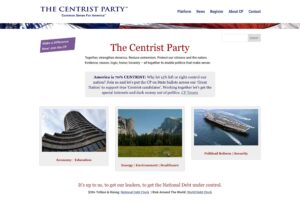 2006 – on July 4th, I sent out emails to US newspapers and opened the web site for The Centrist Party. According to polls in 2006, 70% of America felt we needed a more reasonable solution to the political stagnation if we were to begin to make meaningful progress. I already knew at this time that the key issue was climate, and that our energy infrastructure, economic health, and every other key issue were related to this critical issue.
2006 – on July 4th, I sent out emails to US newspapers and opened the web site for The Centrist Party. According to polls in 2006, 70% of America felt we needed a more reasonable solution to the political stagnation if we were to begin to make meaningful progress. I already knew at this time that the key issue was climate, and that our energy infrastructure, economic health, and every other key issue were related to this critical issue.
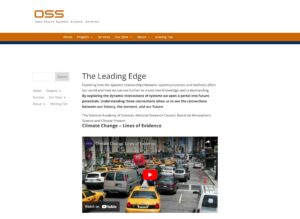 2008 – I started a new project called The OSS Foundation to collect my thoughts on various projects and issues and to support climate science communications. OSS stands for many things, Open Systems Science, Open Source Solutions. Dr. Miller, who I had worked with previously, used to work for the Office of Strategic Services in WWII, so I enjoyed the small irony. To me it means many things, All observable systems are Open. The S’s stand for Source, Systems, Science, Security, Solutions and anything Sensible.
2008 – I started a new project called The OSS Foundation to collect my thoughts on various projects and issues and to support climate science communications. OSS stands for many things, Open Systems Science, Open Source Solutions. Dr. Miller, who I had worked with previously, used to work for the Office of Strategic Services in WWII, so I enjoyed the small irony. To me it means many things, All observable systems are Open. The S’s stand for Source, Systems, Science, Security, Solutions and anything Sensible.
2011 – Author of Exposing the Climate Hoax: It’s ALL about the economy. This book explores the interconnections between economics, energy, environment, security, and even the psychology involved in why people ‘believe’ in a view rather than rely upon evidence as observed and tested. The book focuses on the economic understanding of how a warming world will impact economic function.
2012 – Director of ‘Climate Change: Lines of Evidence‘ by the National Academy of Sciences, National Research Council, Board on Atmospheric Science with support by the National Oceanographic Atmospheric Administration.
Awarded the ‘Distinguished Communications Award’ (by The National Academies of Science)
This was the first effort by the NAS to do better climate communications. Directed by myself, the film, along with other communications I contributed to at the NAS, was acclaimed by Warren Muir as the best science communication the NAS had put out to date. I was told that when they showed it to scientists it received both applause and accolades down in the NAS museum. I was not there when they showed it however. The film was difficult to make for multiple reasons and they did not have a proper budget. My wife and I put up our own companies resources to complete the movie. The result was that NAS only paid a little over 5 dollars an how for the production. This continues to show that better science communications are needed and need to be better supported.
2016 – Established Centrist News to bring better context to media understanding. The main threat to democratically controlled republics is not merely the authoritarian rulers from other countries, but the authoritarian rulers growing like weeds in democratic republics of the western world. Truth always seems to suffer the slings and arrows of misinformation and disinformation delivered through naïveté, ignorance, and sophist rhetoric in a propaganda machine that continues to cloud truth and confuse justice. It remains critical that we all become more able to separate the garbage that is aimed to incite rebellion against the truth if we are to have any hope for a more honest or even manageable future.
2022 – Wrote a 38 page paper submitted to the Bank for International Settlements (BIS) in response to their June 2022 report claiming current inflation was “unexpected”. It was clear the massive liberal injection by Donald Trump into the global money supply, combined with accommodative fiscal policy, would have an inflationary result. The only question was when it would manifest because all that extra cash created a false economy that absorbed and masked the inflation. Important to note the liquidity injection created an even more massive debt bubble than had ever been previously placed in the system. The debt is merely an obligation that is placed on the shoulders of the people that must carry that into their future. The risks are amplified though because the liquidity needs to be pulled back which reduces the ability to manage the debt due to lowered GDP combined with resource restraints. The BIS in April of 2023 published a paper outlining the issue of the lack of alignment of fiscal and monetary policy in relation to economic stability.
Current:
Continued work on Economics modeling with LST and a multi-interdisciplinary approach to quantified methods and converting meta system functions into usable data blocks to increase economic predictability. Meta systems like fiat policy and political agendas need to be calculated in a manner that enables directional understanding with a reasonable degree of quantitative predictability.
I’ve added an additional project in the past year and am working on an epistemological logic engine capable of parsing arguments and rendering rapid referenced output.
